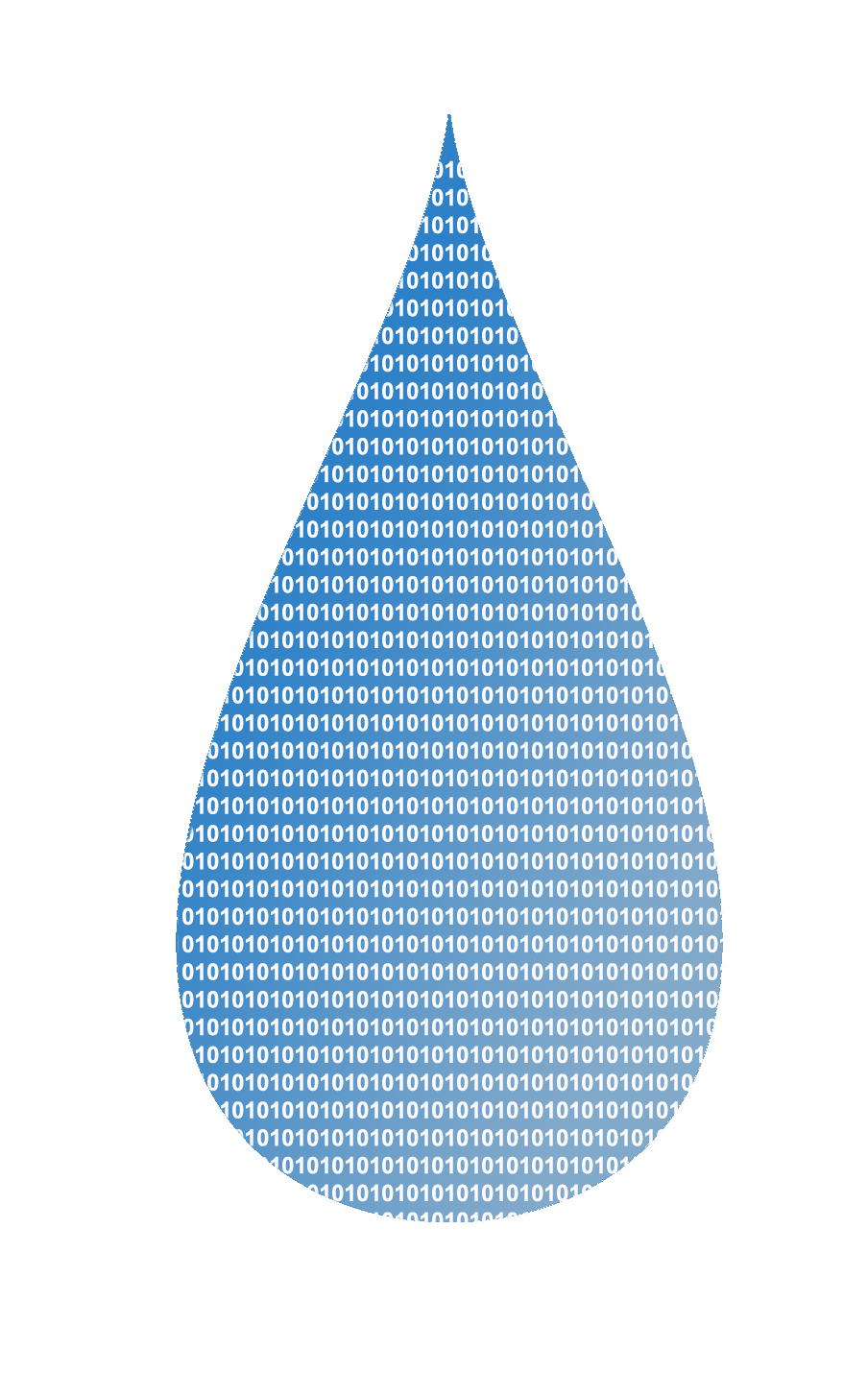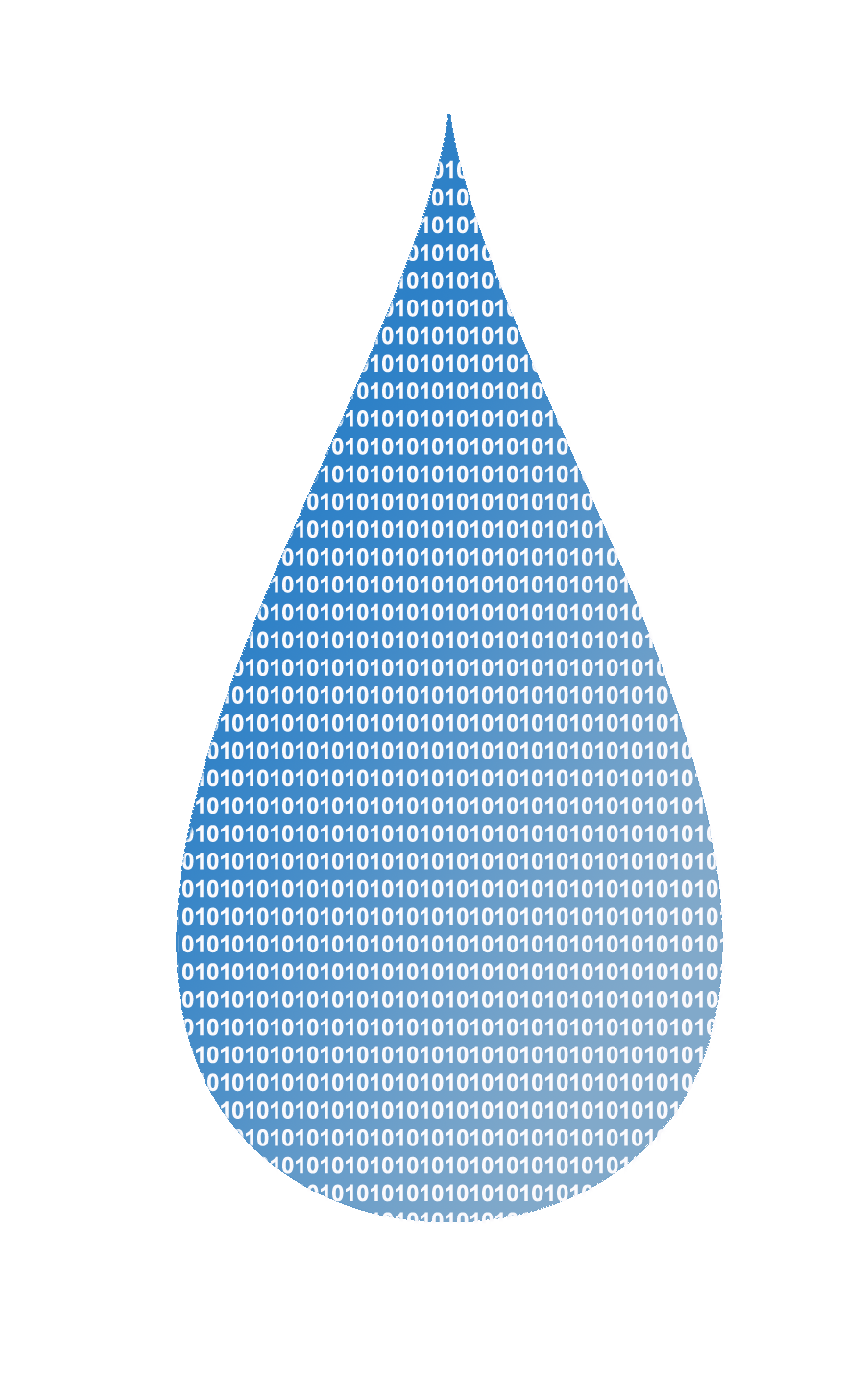Bringing technology and crowd sourcing to resource quality montoring.
Water is central to public health, and yet sources of drinking water are variable in quality and intermittently available across the daily lives of many communities. Rural communities are often served by civic authorities, who are stretched for resources and unable to regularly monitor all streams and wells in their jurisdiction (1). It is therefore important to empower local responsible citizens with the ability to perform self-monitoring of their water sources. While many individual solutions exist for such purposes, they are often expensive and unable to be assembled on-site. This project proposes the creation of an open source device which can be assembled and programmed by students at any local university, capable of collecting and posting data in a reliable manner. Data will be sent to a web based Data Repository which can be accessed by the public, with special attention given to providing oversight for municipal authorities. Additionally, an SMS-enabled service will be deployed for user-submitted reports on water quality, with the capacity to provide daily reports back to users in affected areas on the current status of nearby water sources.
The purpose of this device is to provide inexpensive, accurate, and mobile water quality testing based on an agile response to user reports, via the SMS client. Contamination often found in water sources include, but are not limited to, Fecal Coliform Bacteria such as E. Coli, Giardia, and Shigella. Fecal contamination and fecal coliform counts are a major cause of loss of water potability and the spread of waterborne disease. Variables that affect the persistence of E. coli are not independent of each other and multiple abiotic or biotic conditions are needed for E. coli to persist(2). The pH, nutrient concentration, dissolved oxygen, turbidity (relative clarity of a liquid), and conductivity influence bacterial population counts(3). As turbidity increases, the particles are able to absorb more heat which leads to increased water temperature and increased bacterial growth(4). Increased levels of suspended solids also reduce the amount of sunlight that can penetrate the water, decreasing the bactericidal effects of UV rays (5). Therefore, careful monitoring of simple factors like temperature and turbidity alone can serve as a strong indication of the bacterial concentration of a water source, and thus its potability.
On the eve of World Water Day in 2013, the U.N. offered a sobering statistic: according to its study, more people on earth have access to cell phones than toilets(6). The past three years have certainly seen an increase in cell phones. By 2020, 5.4 billion people around the world will have a phone, according to Cisco's annual report on mobile traffic growth. In comparison, 5.3 billion people will have electricity, 3.5 billion will have running water and 2.8 billion cars will be on the road(7). While these facts have sensational value and are often used to create a social shock effect – they also mean that an opportunity exists to use the mobile phone explosion to aid public health.
References/Citations
1. Obi CM, MNB; Samie, A; Igumbor, JO; Green, E; Musie, E. Microbiological, physico-chemical and management parameters impinging on the efficiency of small water treatment plants in the Limpopo and Mpumalanga Provinces of South Africa. Water SA, April 2007 Contract No.: 2022.
2. McFeters GA, Stuart DG. Survival of coliform bacteria in natural waters: field and laboratory studies with membrane-filter chambers. Appl Microbiol. 1972 Nov;24(5):805-11. PubMed PMID: 4565639. Pubmed Central PMCID: PMC380667.
3. Wickham JD, Nash MS, Wade TG, Currey L. Statewide Empirical Modeling of Bacterial Contamination of Surface Waters. JAWRA Journal of the American Water Resources Association. 2006;42(3):583-91.
4. Paaijmans KP, Takken W, Githeko AK, Jacobs AF. The effect of water turbidity on the near-surface water temperature of larval habitats of the malaria mosquito Anopheles gambiae. Int J Biometeorol. 2008 Nov;52(8):747-53. PubMed PMID: 18633650.
5. Craig DL, Fallowfield HJ, Cromar NJ. Use of microcosms to determine persistence of Escherichia coli in recreational coastal water and sediment and validation with in situ measurements. J Appl Microbiol. 2004;96(5):922-30. PubMed PMID: 15078507.
6. Wang Y. More People Have Cell Phones Than Toilets, U.N. Study Shows
Time. 2013 Mar 25, 2013.
7. Cheng R. By 2020, more people will own a phone than have electricity: cnet; 2016 [cited 2016]. Available from: https://www.cnet.com/news/by-2020-more-people-will-own-a-phone-than-have-electricity/.

UVA Center for Global Health

University of Venda, Thohoyandou, RSA


